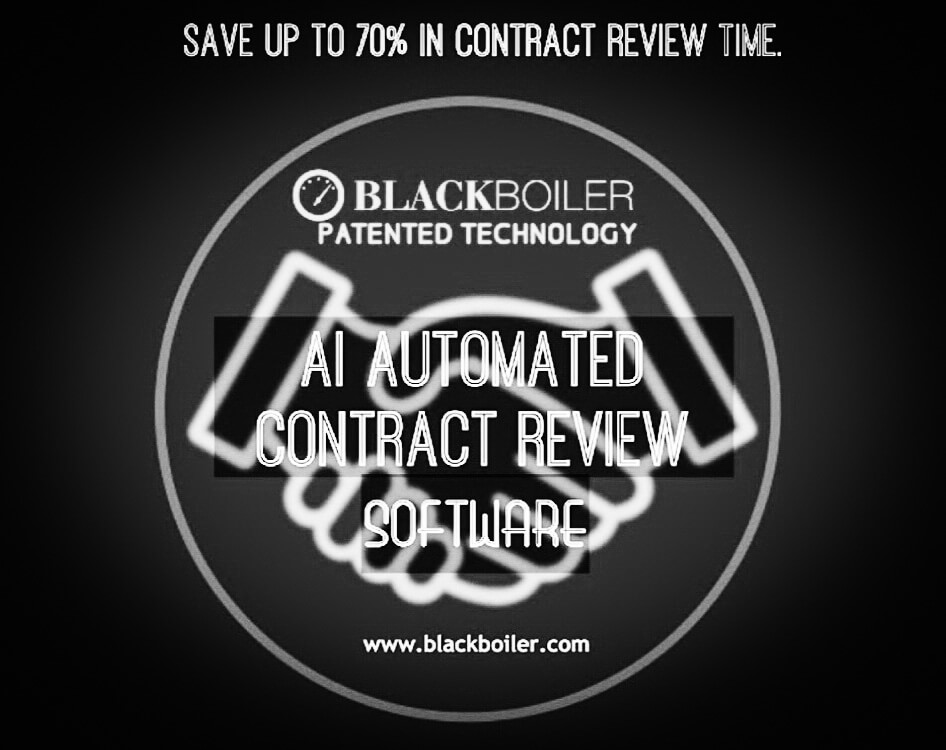Investment in legal tech appears to be continuing unabated. As Tracxn, a VC and Investor analytics and advisory firm report, over $5bn has been invested into the sector in the last 3 years alone, across approximately 1,200 companies. The received view that legal departments and law firms are in the backwater of technology adoption, is fading fast. The rise of the legal operations function within the corporate legal department speaks to the role that technology is now playing. A significant proportion of the work that legal operations personnel focus on is technology adoption and operation (as an aside, the Corporate Legal Operations Council (CLOC) should be lauded for all they have done in the past 7 years to raise the status of the profession). Indeed there are tentative steps to promote an even more niche job role – the contract ops professional which sits within the legal ops function. Last year Gartner estimated that spending within corporate legal tech departments would increase threefold by 2025, as General Counsels and Chief Legal Officers look to technology to drive improved efficiencies and greater productivity in-house, rather than raising spend on more personnel or outside counsel. Across the legal tech landscape, contract management attracts the greatest level of investment, which may reflect its broad scope and the status of CLM (contract lifecycle management) as the ERP or CRM for the legal function.
It should therefore be a concern to all stakeholders when, in the same report, Gartner also states that by 2025, corporate legal departments will only capture 30% of the potential benefits of their CLM investments. Gartner cites the seemingly narrow focus on technology roadmaps rather than user needs and business requirements as a principal cause for this. If one considers the PPT framework for organizational transformation, predictable success only comes when there is a balance across People, Processes, and Technology. Pivoting too much on one vector at the expense of the others is less likely to beget success. Vendors and legal tech commentators alike talk of the efficiency gains to be had by implementing the latest CLM tech, but less is said about the methodologies that will lead to a successful outcome. Too often a ‘big bang” approach is taken whereby a full suite of tech is selected and yet the implications for rolling out across departments are poorly considered, both from a people and a process perspective. The concept of an ROI is understood and desired but is seemingly difficult to measure. Desired outcomes are not fully agreed upon across the business, and the functions that principally initiate the contract lifecycle, namely sales and procurement, are often not brought fully into the implementation from the outset.
But there are winds of change afoot. Much progress is being driven by AI. A lot of the capital being injected into new legal tech firms is focused on some branch of NLP/ML or deep analytics. Similar to how fixed-line phones have been replaced by cellular phones, legal departments are moving away from manual and labor-intensive contracting in favor of the newest technology. The GC in the corporate world is gaining prominence in the C-suite and legal tech is raising its profile within the CIO and CTO communities.
The question is, where do you start on the legal tech investment journey? Is it with a big-bang, enterprise-wide deployment of a contract repository and workflow, a la CLM? or in a more specific and controlled area, like contract negotiation or contract analytics? Optimally the place to start is where the pain is most acute, and for many organizations that will be in the negotiation phase of contracting, where the resources are the scarcest and the most expensive where lawyers are negotiating with lawyers. Getting time to value for a contract means reducing the manual nature of contract negotiations, optimizing the redlining process, and putting some power and autonomy in the hands of the contract initiators: those on the buy-side in procurement and those on the sell-side in sales.
The future for legal tech as a sector remains very positive and investment continues to roll in. However wide-scale adoption is still some way off and success stories are thin on the ground. Understanding the PPT framework and ensuring a balance across all 3 vectors is the only way to raise that 30% of the potential gains into the top quartile.



